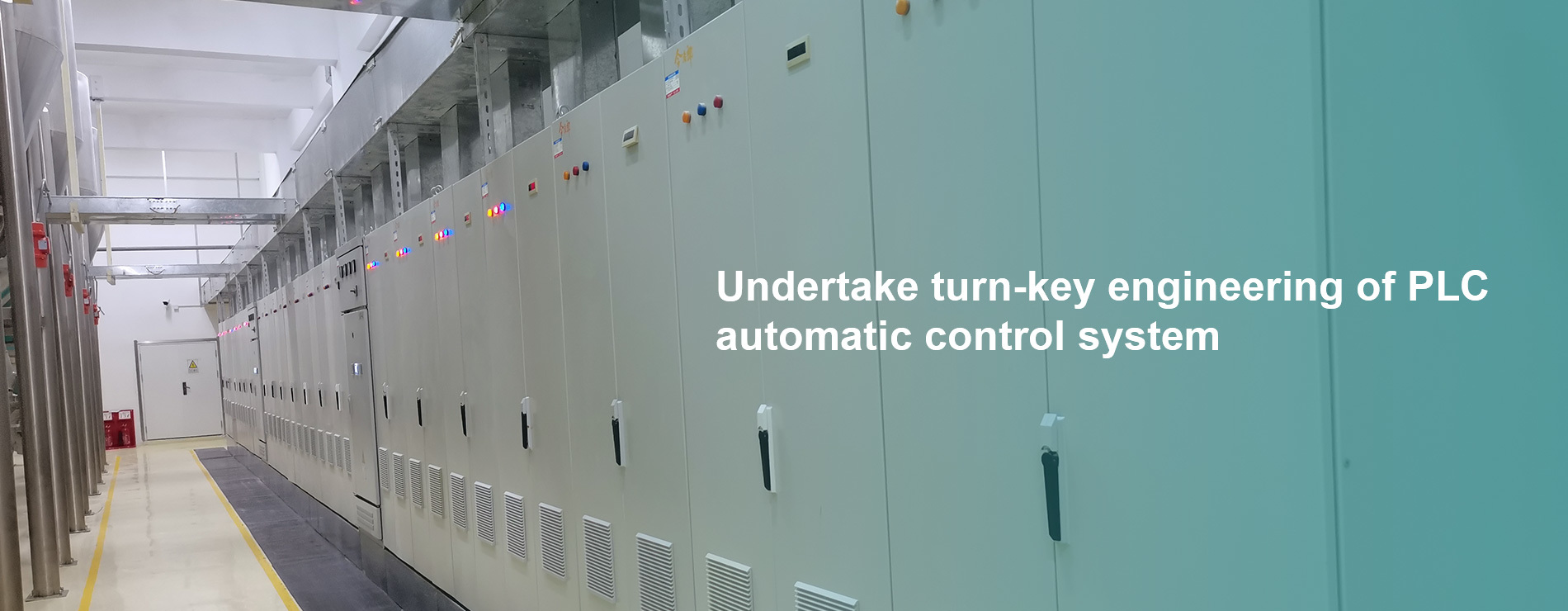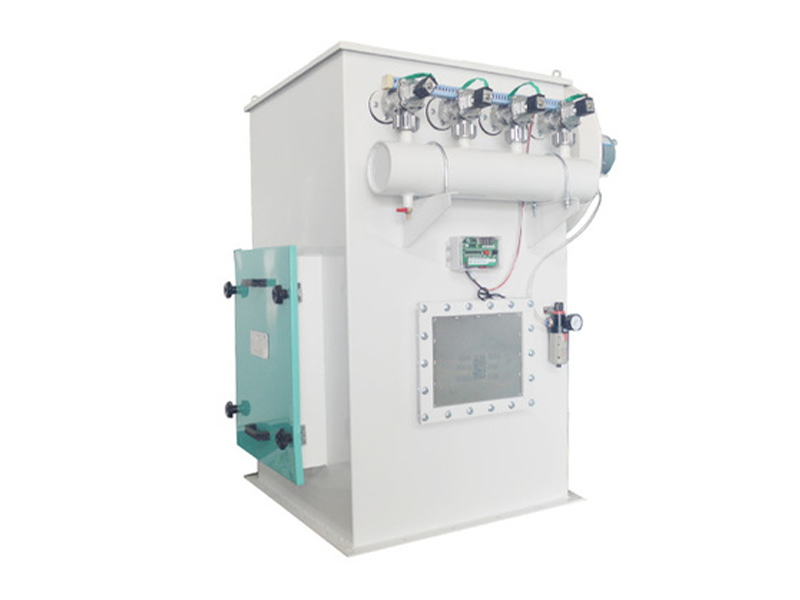Recent Posts
How Pneumatic Conveying Systems Revolutionize Food Processing in Agriculture
Release time:
May 02,2025
How Pneumatic Conveying Systems Revolutionize Food Processing in Agriculture Table of Contents 1. Introduction to Pneumatic Conveying Systems 2. Understanding the Technology Behind Pneumatic Conveying 3. Key Benefits of Pneumatic Conveying Systems in Food Processing 4. Applications of Pneumatic Conveying in Agriculture 5. Meeting Safety and Hygiene Standards 6. The Future of Pneumatic Conveying S
How Pneumatic Conveying Systems Revolutionize Food Processing in Agriculture
Table of Contents
- 1. Introduction to Pneumatic Conveying Systems
- 2. Understanding the Technology Behind Pneumatic Conveying
- 3. Key Benefits of Pneumatic Conveying Systems in Food Processing
- 4. Applications of Pneumatic Conveying in Agriculture
- 5. Meeting Safety and Hygiene Standards
- 6. The Future of Pneumatic Conveying Systems in Agriculture
- 7. Real-World Case Studies: Success Stories
- 8. Frequently Asked Questions (FAQs)
- 9. Conclusion
1. Introduction to Pneumatic Conveying Systems
In the modern agricultural landscape, efficiency and reliability are paramount. **Pneumatic conveying systems** are emerging as a revolutionary technology that enhances food processing operations. These systems utilize air pressure to transport bulk materials, offering significant advantages over traditional conveying methods. The evolution of these systems is reshaping the agricultural food processing industry by improving operational efficiency, reducing labor costs, and ensuring product quality.
2. Understanding the Technology Behind Pneumatic Conveying
Pneumatic conveying systems operate on a simple yet effective principle: they use air to move bulk materials from one point to another. **Two main types** of pneumatic conveying systems are prevalent in the agricultural sector: **dilute-phase** and **dense-phase** systems.
Dilute-Phase Conveying
In a dilute-phase system, the material is suspended in the air stream, allowing for high-speed transport over long distances. This method is ideal for lightweight materials and is commonly utilized for grains, powders, and other free-flowing products.
Dense-Phase Conveying
Dense-phase systems operate at lower velocities, transporting materials in a more concentrated form. This method reduces the risk of product degradation, making it suitable for fragile materials such as seeds and other agricultural inputs.
3. Key Benefits of Pneumatic Conveying Systems in Food Processing
The adoption of pneumatic conveying systems in food processing presents several compelling advantages:
Enhanced Efficiency
Pneumatic systems significantly reduce the time required for material handling. By automating the transport process, farms can achieve a higher throughput and minimize bottlenecks, ultimately leading to more efficient operations.
Improved Safety
These systems can help reduce manual handling of heavy materials, thereby minimizing the risk of workplace injuries. Additionally, pneumatic conveying systems are designed to meet stringent safety regulations, enhancing the overall safety of processing environments.
Cost-Effectiveness
By streamlining operations and reducing labor and maintenance costs, pneumatic conveying systems provide a cost-effective solution for agricultural businesses. Long-term savings can be realized through reduced energy consumption and minimized downtime.
Product Quality Preservation
Pneumatic conveying is gentle on materials, which is crucial in food processing. This means that products such as grains, seeds, and herbs can be transported without damage, preserving their quality and market value.
4. Applications of Pneumatic Conveying in Agriculture
Pneumatic conveying systems are versatile and applicable across various segments of the agricultural industry.
Grain Handling
In grain storage and processing, pneumatic systems efficiently transport grains from silos to processing plants. This method minimizes the risk of contamination and spoilage.
Seed Handling
Seeds are often delicate and can be easily damaged. Pneumatic conveying provides a gentle transport option that maintains seed integrity and quality.
Fertilizer Distribution
When it comes to distributing fertilizers, pneumatic systems allow for precise application while minimizing dust and waste. This contributes to more sustainable farming practices.
Food Ingredient Transport
In food manufacturing, pneumatic conveying is used to transport various ingredients, including flour, sugar, and spices, ensuring accurate measurements and reducing cross-contamination risks.
5. Meeting Safety and Hygiene Standards
Compliance with safety and hygiene standards is critical in food processing. Pneumatic conveying systems are designed to meet rigorous industry standards, ensuring that food products remain uncontaminated.
Material Construction
Many pneumatic systems are constructed from stainless steel, which is resistant to corrosion and easy to clean. This choice of materials helps maintain hygiene throughout the processing chain.
Filtration Systems
Advanced filtration systems are often integrated into pneumatic conveying setups to capture dust and contaminants, ensuring that only clean air is circulated within processing environments.
6. The Future of Pneumatic Conveying Systems in Agriculture
The future of pneumatic conveying systems in the agricultural sector looks promising. As technology continues to advance, we can expect several key trends:
Smart Technology Integration
The integration of smart technologies, including IoT sensors and AI analytics, will enhance the efficiency and effectiveness of pneumatic systems. Real-time monitoring and predictive maintenance will become the norm.
Sustainability Initiatives
With an increasing focus on sustainable farming practices, pneumatic conveying systems will evolve to become more energy-efficient and environmentally friendly, reducing the carbon footprint associated with food processing.
7. Real-World Case Studies: Success Stories
To illustrate the impact of pneumatic conveying systems in agriculture, several case studies highlight successful implementations:
Case Study 1: Grain Storage Facility
A regional grain storage facility implemented a pneumatic conveying system to transport grains from elevators to storage silos. The operation saw a 30% increase in efficiency and a significant reduction in labor costs.
Case Study 2: Seed Processing Plant
A seed processing plant adopted dense-phase pneumatic conveying to handle delicate seeds. The result was a marked improvement in seed quality and a 20% reduction in product loss during transport.
8. Frequently Asked Questions (FAQs)
1. What are pneumatic conveying systems?
Pneumatic conveying systems use air pressure to transport bulk materials from one location to another, enhancing efficiency in material handling.
2. What types of materials can be conveyed pneumatically?
These systems can transport a variety of materials, including grains, seeds, powders, and granules, making them versatile for agricultural applications.
3. Are pneumatic conveying systems safe for food processing?
Yes, pneumatic conveying systems are designed to meet strict safety and hygiene standards in food processing environments, minimizing contamination risks.
4. How do pneumatic systems compare to mechanical conveying?
Pneumatic systems offer advantages such as reduced manual handling, lower maintenance needs, and better product preservation compared to traditional mechanical conveying methods.
5. What is the future of pneumatic conveying in agriculture?
The future includes advancements in smart technology integration and sustainability initiatives, positioning pneumatic conveying systems at the forefront of efficient agricultural practices.
9. Conclusion
Pneumatic conveying systems are revolutionizing the food processing landscape in agriculture by enhancing efficiency, safety, and product quality. As the industry continues to evolve, these systems are poised to play a crucial role in shaping the future of agricultural practices. With ongoing advancements in technology and a focus on sustainability, pneumatic conveying will remain a vital component of successful food processing operations, ensuring that agricultural businesses can meet the demands of a growing population while maintaining high standards of safety and hygiene.
keywords

HOW CAN WE HELP ?
Get In Touch With Us!
Contact Information
Fax: +86-371-23227333
E-mail: global@aomgmach.com
Production base: Zongdian Industrial Zone, Qi County, Kaifeng City
Business license




